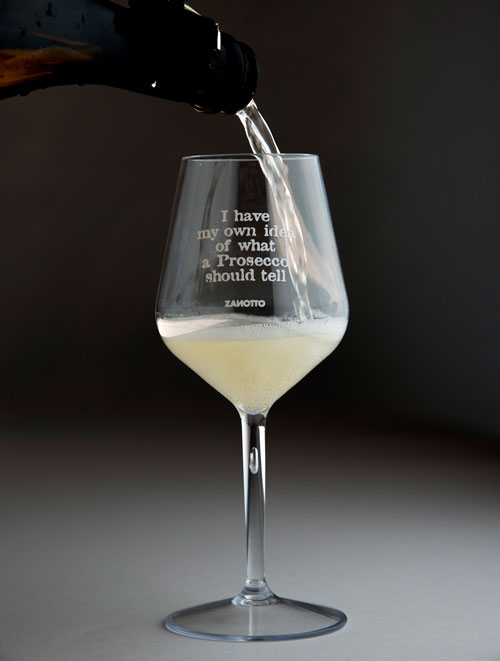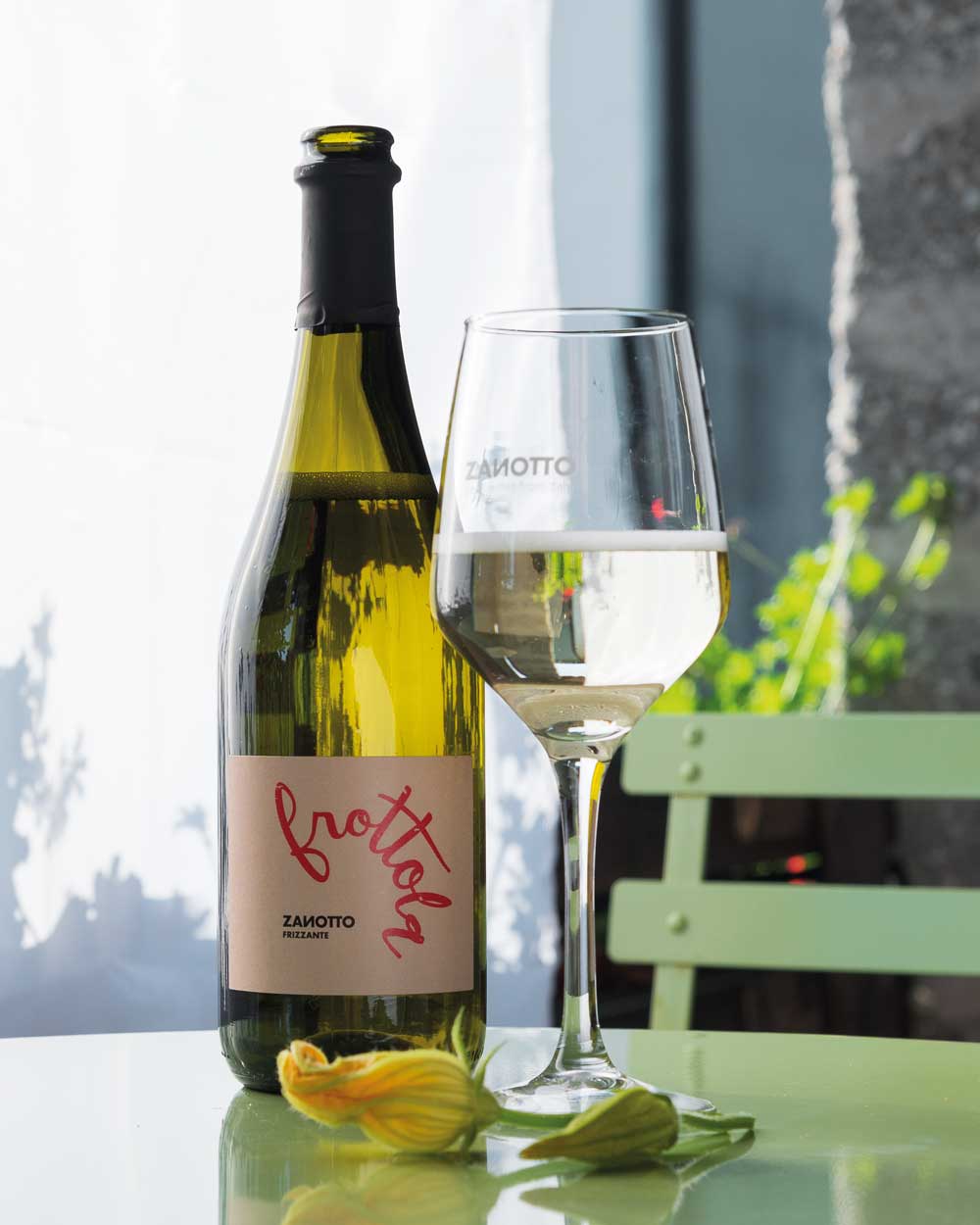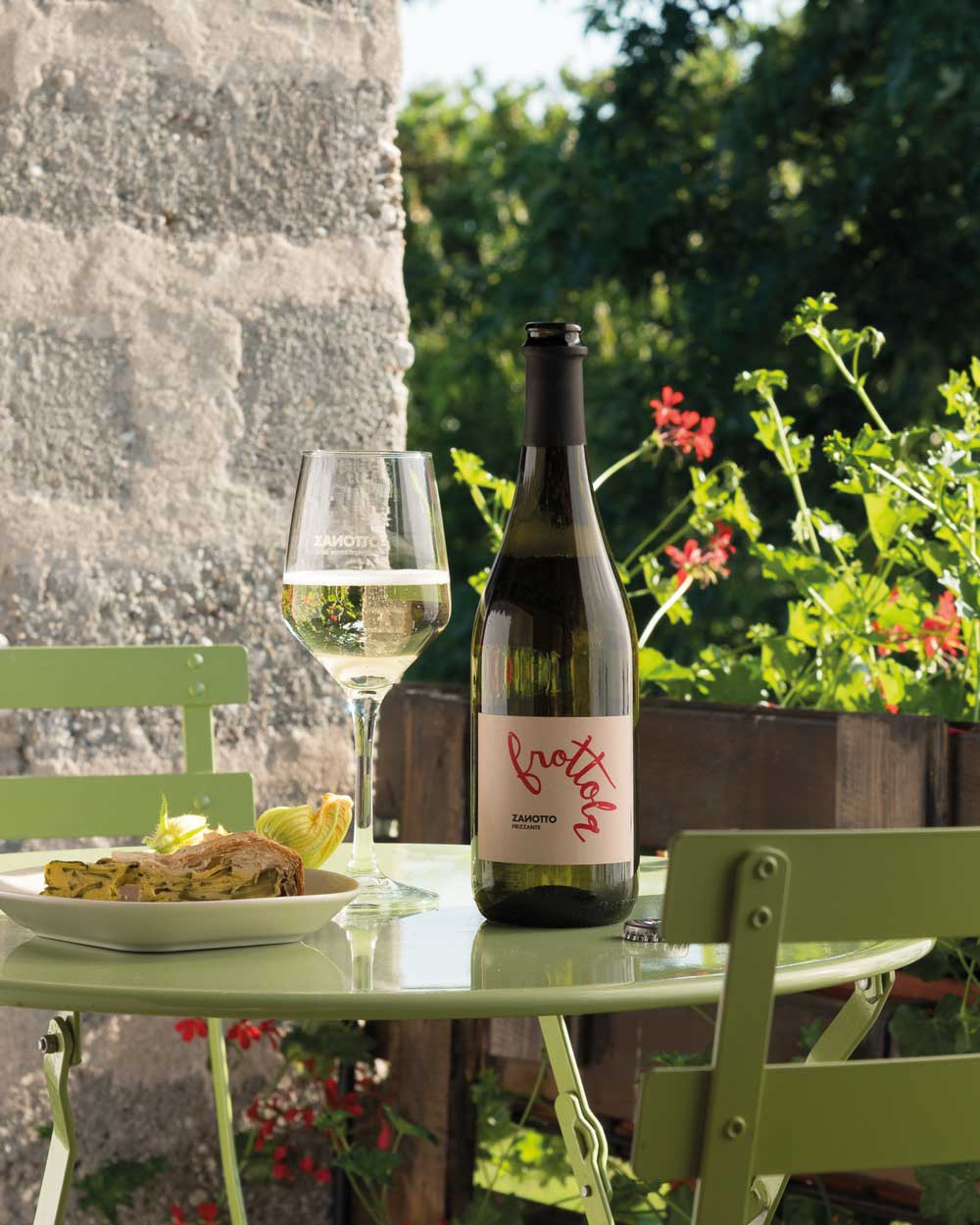Non sono presenti prodotti nel carrello.
Frottola
IGT Marca Trevigiana
Sparkling white wine
10,5% vol – 750 ml
A slightly sparkling wine made with Glera grapes, crafted to evoke the deliberate taste of the sparkling wines from the eighties, characteristic and emblematic of the old taverns of the Marca Trevigiana.
Fermentation occurs in steel tanks for two weeks, followed by a second fermentation with indigenous yeasts, then filtered and bottled with a crown cap.
Fruity and intense aroma, with a bitterish aftertaste, persistent foam and fine perlage.
Excellent throughout the meal. Ideal for aperitifs.
Serving temperature 8 – 9 °C
Sparkling and Fizzy Wines: The Martinotti Method
Sparkling and Semi-Sparkling Wines: The Martinotti / Charmat Method
To learn more
Sparkling and Fizzy Wines: The Martinotti Method
What sets a fizzy wine apart from a sparkling one? It’s all about the bubbles. Sparkling wines pack a punch above 3 bars of pressure, delivering a lively fizz, while fizzy wines, below 2.5 bars, keep things lighter and gentler. For many Italian wines like Prosecco, the trick behind those bubbles is the Martinotti method—known as Charmat outside Italy.
Dreamed up in the late 19th century by Federico Martinotti, this approach relies on big stainless steel tanks called autoclaves. It starts with a base wine, made from the first fermentation of grape juice in steel vats. Then, the magic happens in the autoclave: sugars and yeasts are added, kicking off a second fermentation that creates carbon dioxide—those beloved bubbles—in just a few weeks. Once done, the wine is chilled to settle it down, filtered, and bottled. It’s quick, affordable, and brings out the fresh, vibrant charm of grapes like Glera.
There’s a fun twist to the tale, though. Martinotti patented his idea in 1895, but a Frenchman, Eugène Charmat, tweaked it and spread it worldwide later on—so much so that it’s often called “Charmat” abroad. Italians and French still bicker over who deserves the credit, but the outcome’s the same: bright, approachable bubbles.
Compare that to the classic method, used for Champagne or Franciacorta. There, the second fermentation happens right in the bottle, taking years to craft fine bubbles and rich flavors. It’s a slower road, needing more patience. Martinotti keeps it straightforward; the classic takes its time. Both turn a glass into a celebration, each in its own warm, wonderful way.




